How to Sign a Painting
Adding a signature to your painting will make it easier for people to identify you as the artist, even after your painting has been sold and moved around. The signature on your painting should be legible and clear without being a...
Part 1 of 3:
Coming up with Your Signature
-
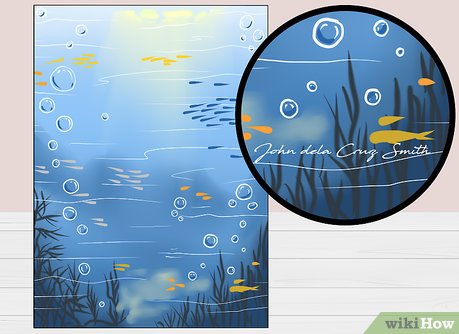 Sign your painting with your full name or last name. Avoid signing with your initials or a monogram or people may not be able to identify you as the artist. Even if some people recognize your initials or monogram now, other people might not, and your painting could eventually become unidentifiable if your full or last name isn't on it.[1]
Sign your painting with your full name or last name. Avoid signing with your initials or a monogram or people may not be able to identify you as the artist. Even if some people recognize your initials or monogram now, other people might not, and your painting could eventually become unidentifiable if your full or last name isn't on it.[1] -
 Use a signature that's easy to read. If people can't read your signature, they won't be able to identify you as the artist. It's true that some famous artists have illegible signatures, but they can get away with it because a lot of people in the art world are familiar with them. If your signature is illegible, future owners of your painting will have a hard time finding out who you are.[2]
Use a signature that's easy to read. If people can't read your signature, they won't be able to identify you as the artist. It's true that some famous artists have illegible signatures, but they can get away with it because a lot of people in the art world are familiar with them. If your signature is illegible, future owners of your painting will have a hard time finding out who you are.[2]- Practice signing a legible signature on a piece of paper. Then, show a few friends and ask if they can read it. If they can't, work on making it easier to read.
-
 Use the same signature on all of your paintings. That way people will start to recognize your signature overtime, which will make your artwork easier to identify. If your signature is always different, people might not realize your paintings were made by the same artist. If you don't like the signature you've used in the past, come up with a new one now and use it on all your future paintings.[3]
Use the same signature on all of your paintings. That way people will start to recognize your signature overtime, which will make your artwork easier to identify. If your signature is always different, people might not realize your paintings were made by the same artist. If you don't like the signature you've used in the past, come up with a new one now and use it on all your future paintings.[3] -
 Avoid using an eye-catching signature. A signature that is too bold can take away from the rest of your painting. Your signature should be noticeable enough that people looking for it can find it, but not so noticeable that it's the first thing people's eyes are drawn to. An easy way to make your signature blend in is to paint it using a color that appears a lot in your painting.[4]
Avoid using an eye-catching signature. A signature that is too bold can take away from the rest of your painting. Your signature should be noticeable enough that people looking for it can find it, but not so noticeable that it's the first thing people's eyes are drawn to. An easy way to make your signature blend in is to paint it using a color that appears a lot in your painting.[4]
Part 2 of 3:
Choosing a Spot to Sign
-
 Sign in a bottom corner of your painting if you want a traditional signature. You can sign in the left or right bottom corner, although signing in the right bottom corner is more common. If you do sign in the bottom corner, place your signature 1–2 inches (2.5–5.1 cm) from the edge of your painting. That way if your painting is framed, your signature won't be covered up.[5]
Sign in a bottom corner of your painting if you want a traditional signature. You can sign in the left or right bottom corner, although signing in the right bottom corner is more common. If you do sign in the bottom corner, place your signature 1–2 inches (2.5–5.1 cm) from the edge of your painting. That way if your painting is framed, your signature won't be covered up.[5] -
 Sign somewhere inside of the painting if you want a less obvious signature. You could place your signature inside of an object in your painting, or have it going vertically up the side of something. If you do place your signature inside of your painting, make sure it blends in by keeping it small and using a color that matches the colors around it.[6]
Sign somewhere inside of the painting if you want a less obvious signature. You could place your signature inside of an object in your painting, or have it going vertically up the side of something. If you do place your signature inside of your painting, make sure it blends in by keeping it small and using a color that matches the colors around it.[6]- For example, if your painting features a bowl of apples, you could place your signature inside one of the apples and paint it a shade of red so it blends in.
-
 Put your full name on the back if your signature isn't your full name. Then people can check the back of your painting for your full name if you only have your last name on the front. This will make it easier for someone to identify you as the artist later on.[7]
Put your full name on the back if your signature isn't your full name. Then people can check the back of your painting for your full name if you only have your last name on the front. This will make it easier for someone to identify you as the artist later on.[7]
Part 3 of 3:
Adding your Signature
-
 Sign your painting right after you finish it. This will help your signature blend in with the rest of your painting. If you wait for your painting to dry before you sign it, your signature will stand out more and look like it was added later on. Also, collectors prefer paintings where the signature was added at the time the painting was finished because they are harder to forge.[8]
Sign your painting right after you finish it. This will help your signature blend in with the rest of your painting. If you wait for your painting to dry before you sign it, your signature will stand out more and look like it was added later on. Also, collectors prefer paintings where the signature was added at the time the painting was finished because they are harder to forge.[8] -
 Sign your painting using the same medium you painted it with. Using the same medium will help your signature blend in with the rest of your painting. Avoid using a different medium to sign your signature or it could clash with your painting and look out of place.[9]
Sign your painting using the same medium you painted it with. Using the same medium will help your signature blend in with the rest of your painting. Avoid using a different medium to sign your signature or it could clash with your painting and look out of place.[9]- For example, if you used watercolor paints to make your painting, you should use watercolor paints to sign your signature.
- If you made your painting with oil paints, you wouldn't want to paint your signature with acrylic paint.
-
 Add the year you made the painting to your signature. It will help you and future owners of your art keep track of when it was painted. Right after you sign your name, put the year you made the painting. If you don't want the year on the front, paint it on the back so people can reference it.[10]
Add the year you made the painting to your signature. It will help you and future owners of your art keep track of when it was painted. Right after you sign your name, put the year you made the painting. If you don't want the year on the front, paint it on the back so people can reference it.[10]- You can abbreviate the year if you want. For example, instead of signing '2017,' you could just put '17.'
4 ★ | 1 Vote
You should read it
- How to insert a signature into PDF on Mac
- How to create a signature on Yandex Mail
- How to create a signature for PDF documents on iPhone
- Sign Creator - Beautiful signature creation software based on your name on your computer
- How to create a signature for PDF documents on Android
- What is a disk signature? Fix disk signature conflict error
- How to Add a Signature in Adobe Reader
- How to Add a Signature in Microsoft Outlook
- How to sign a document with GIMP
- How to create personal signature extremely fast on the iPhone to sign the papers as needed
- How to insert a signature in Word
- Things to know about Light Painting techniques in photography

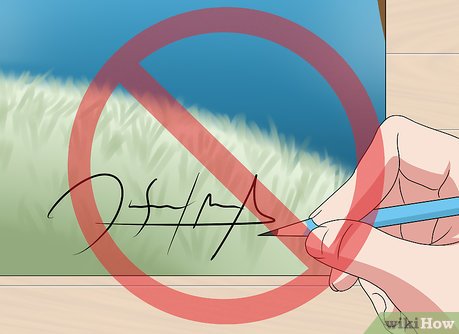

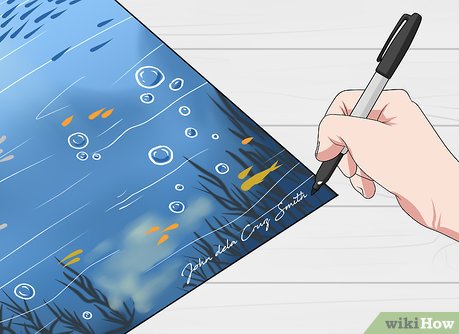
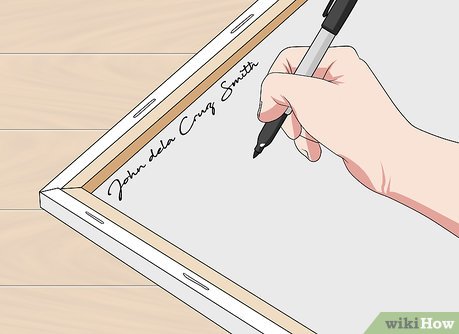
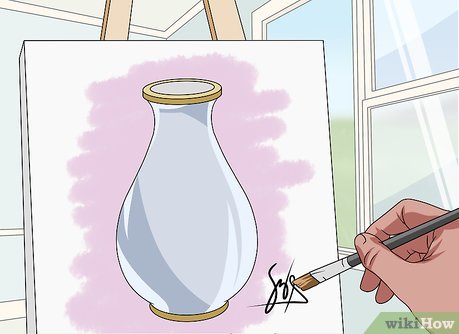
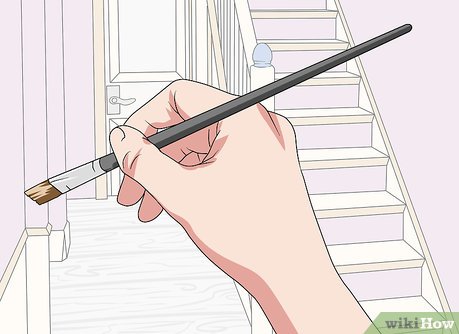







 Things to know about Light Painting techniques in photography
Things to know about Light Painting techniques in photography Instructions for using Wechat to draw detailed AI pictures
Instructions for using Wechat to draw detailed AI pictures How to draw pictures for free on Pixilart
How to draw pictures for free on Pixilart How to Identify a Painting
How to Identify a Painting SIGN functions in SQL Server
SIGN functions in SQL Server How does Sign in with Apple work?
How does Sign in with Apple work?